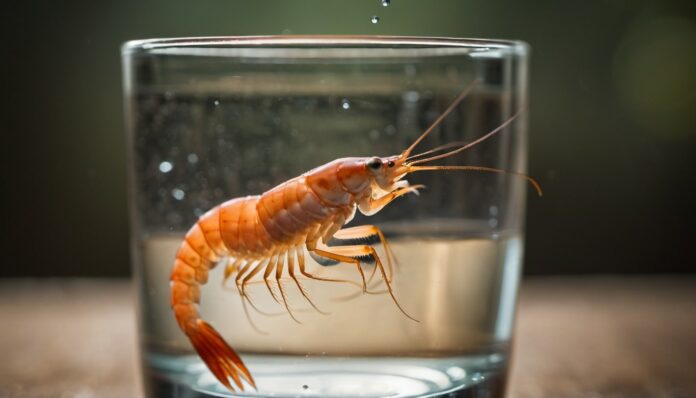Shrimp are small, aquatic crustaceans found in both freshwater and marine environments. They are known for their elongated bodies, long antennae, and the ability to swim backward by rapidly flexing their abdomen and tail. Shrimp play a crucial role in the aquatic food chain and are a popular food source for humans around the world.
Why are They Called Shrimp?
The term “shrimp” is derived from the Middle English word “shrimpe,” meaning “pygmy” or “small person,” which reflects their small size. Over time, the word has evolved to specifically refer to these small, nimble crustaceans.
Interesting Facts About Shrimp
1. Diverse Species
There are over 2,000 species of shrimp worldwide, ranging in size from tiny, almost microscopic creatures to those that can reach lengths of over a foot.
2. Color-Changing Abilities
Some shrimp species can change color to blend in with their surroundings. This ability helps them avoid predators and also plays a role in communication during mating.
3. Lifespan and Growth
Shrimp typically have a short lifespan, often only a year or two. However, some larger species can live longer. They grow by molting, shedding their exoskeleton and forming a new, larger one.
4. Unique Reproductive Methods
Many shrimp species are hermaphroditic, meaning they can change sex during their lifetime. For example, some species start life as males and later become females.
5. Bioluminescence
Certain deep-sea shrimp possess bioluminescent organs that emit light. This adaptation can be used to attract prey, deter predators, or communicate with other shrimp.
6. High-Population Density
In some regions, shrimp can be found in incredibly high densities. For example, the Antarctic krill, a type of shrimp, can form swarms so dense that they can be seen from space.
7. Nutritional Value
Shrimp are rich in protein, vitamins, and minerals, making them a nutritious food source. They are also low in calories and fat, which makes them a healthy addition to many diets.
8. Cleaning Behavior
Cleaner shrimp, like those in the genus Lysmata, are known for their symbiotic relationship with fish. They clean parasites and dead tissue off fish, providing a service that benefits both parties.
9. Threats to Shrimp
Shrimp populations face threats from overfishing, habitat destruction, and climate change. Efforts are being made to manage shrimp fisheries sustainably and protect their habitats.
10. Adaptations to Extreme Environments
Shrimp can be found in a variety of extreme environments, from the freezing waters of the Arctic to the boiling hydrothermal vents on the ocean floor.
11. Defensive Mechanisms
Some shrimp have evolved impressive defense mechanisms. For example, the mantis shrimp has powerful claws that can strike with the speed of a bullet, capable of breaking glass aquariums.
12. The Biggest Shrimp
The largest shrimp species is the giant tiger prawn (Penaeus monodon). These shrimp can grow up to 33 centimeters (about 13 inches) in length and weigh as much as 650 grams (about 1.4 pounds). They are often farmed in aquaculture due to their size and popularity as a seafood item.
13. The Smallest Shrimp
The smallest shrimp species is the fairy shrimp (Anostraca), which includes species like the Branchinecta brushi that can be less than 1 centimeter (about 0.4 inches) long. These tiny shrimp are often found in temporary pools of freshwater and are known for their delicate, translucent bodies.
